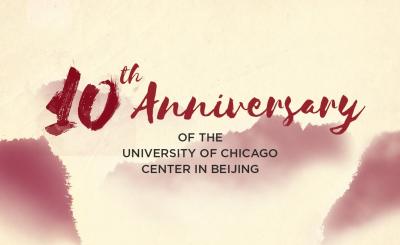
As the vice president for national laboratories, science strategy, innovation, and global initiatives, Juan de Pablo helps drive and support the expanding reach of the University’s science, technology, and innovation efforts, along with their connection to policy and industry. He identifies and shapes emerging strategic scientific and technological initiatives and provides oversight of entrepreneurship and innovation activities at the University’s Polsky Center for Entrepreneurship and Innovation. He also works with faculty, deans, and administrators to build global academic partnerships and international research collaborations while overseeing the University’s international centers.
de Pablo provides leadership for the University’s stewardship of two US Department of Energy national laboratories — Argonne and Fermilab— as institutions to advance science and technology in support of the nation’s interest. De Pablo collaborates with other leaders in research and innovation to build programs and links between and among the national laboratories and the University. Working with University of Chicago President Robert J. Zimmer, he plays an essential role in the University’s partnership with the Department of Energy.
de Pablo’s research focuses on polymers, biological macromolecules, and liquid crystals, a diverse class of materials widely used in many fields of engineering. He is a leader in developing molecular models, computer simulations of complex processes over wide ranges of length and time scales, and artificial-intelligence enhanced methods to design advanced materials systems. He has co-authored over 600 papers, a textbook, and over 20 patents.
He has a BS in chemical engineering from Universidad Nacional Autónoma de México, and a PhD in chemical engineering from the University of California, Berkeley. He conducted postdoctoral research at the Swiss Federal Institute of Technology in Zurich, Switzerland. de Pablo was inducted into the National Academy of Engineering in 2016 for “design of macromolecular products and processes via scientific computation.” He is a fellow of the American Academy of Arts and Sciences and the American Physical Society, and is a foreign corresponding member of the Mexican Academy of Sciences.